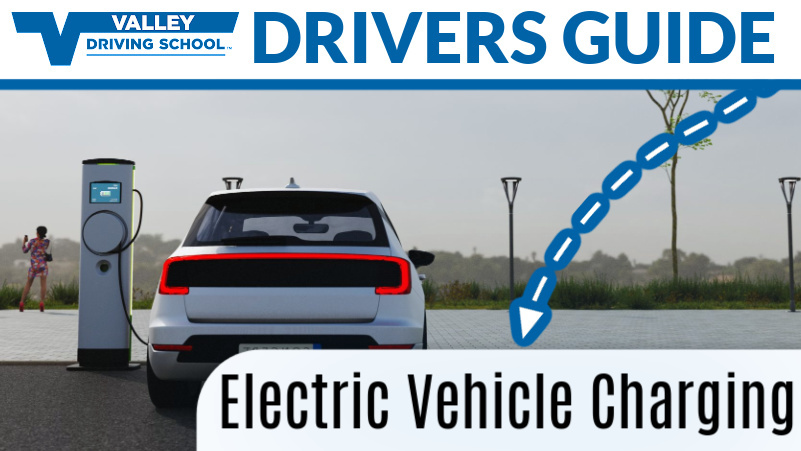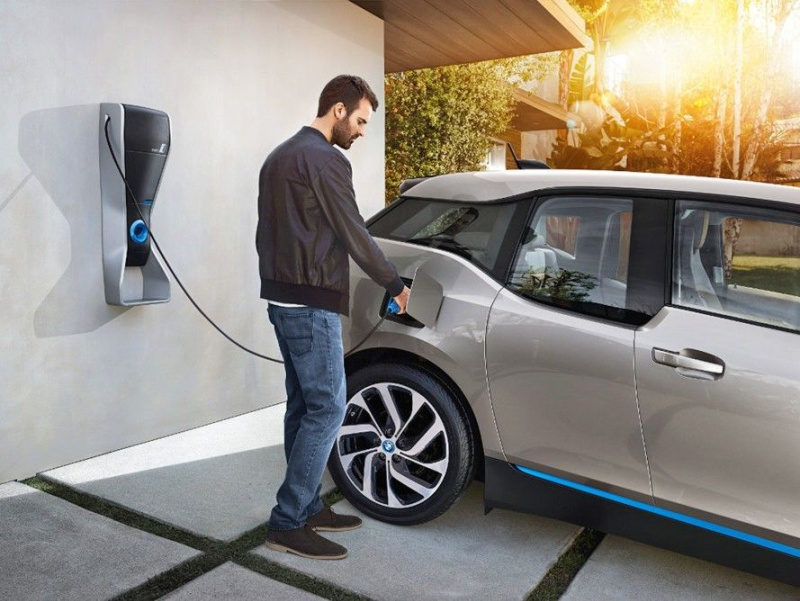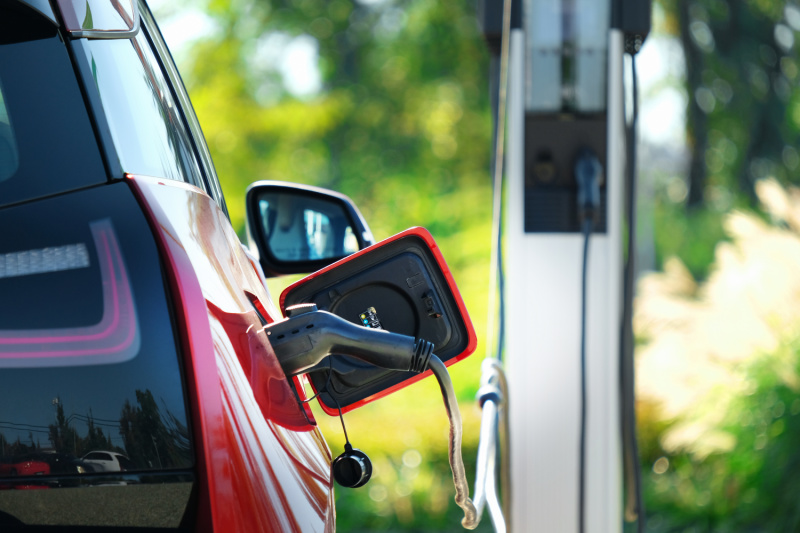Electric vehicles (EVs) have taken the automotive industry by storm worldwide, and Canada is no exception. They offer a cleaner and more sustainable way to commute. One of the key aspects of owning an electric vehicle is understanding how and where to charge it.

Whether you're a new EV owner or considering making the switch to electric, this guide will help you navigate the charging landscape in Canada.
Charging at Home
Charging your electric vehicle at home is often the most convenient and cost-effective option. For example, the cost of electricity is usually lower than gasoline, and many utilities offer special EV charging rates. Charging at home allows you to start each day with a fully charged battery, providing peace of mind and eliminating the need for frequent trips to public charging stations.
There are two different types of at-home chargers you can purchase for your EV. A Level 1 Charger is the basic charger that typically comes with your electric vehicle. It plugs into a standard 120-volt household outlet, which is the standard in Canada, and provides a slow charge. It's suitable for overnight charging but may not be ideal for daily use. The other option is a Level 2 charger. This requires a 240-volt electrical supply, which is significantly faster than a Level 1 charger and is the most common choice for home charging.

To install a Level 2 charger at home, you'll need a dedicated 240-volt circuit and it's recommended to hire a licensed electrician to ensure a safe and compliant installation. Many electric utilities in Canada offer incentives or rebates for home charger installations, so check with your local utility company for potential cost savings.
It’s important to know that charging times vary based on the charger's power output and your EV’s battery size. A Level 1 ch arger may take 8-12 hours for a full charge, while a Level 2 charger can charge most EVs in 4-8 hours.
Public Charging Stations
While home charging is convenient, you may need access to public charging stations for longer trips or when you're away from home. The most convenient way to find public charging stations is by using charging networks and apps. Numerous charging networks operate across Canada, including ChargePoint, EVgo, and Electrify Canada. Download their apps to locate nearby charging stations and access real-time information on availability and pricing.
As different EVs use different plug types, research ahead of time so you know if the charging station you plan to use is compatible with your vehicle. Many stations offer multiple plug options, so it’s easy to find one that is compatible with your EV.

There are two different types of charging stations available for public use. Level 2 chargers are common in public locations, including shopping centers, hotels, and parking garages across Canada. They provide a faster charge than Level 1 chargers but may still take a few hours. The other type available are DC Fast Chargers. These are high-power chargers found along Canadian highways and major routes. They can charge your EV much faster, providing a significant range boost in a short time.
Some public charging stations in Canada are free, while others require payment. Payment methods vary, so be prepared to use a credit card, mobile app, or RFID card. Some networks also offer subscription plans that provide discounted rates.
Tips for Efficient Charging
To make the most of your EV charging experience, consider these tips.
- Charge during off-peak hours. If your utility offers time-of-use pricing, charge your EV during off-peak hours to take advantage of lower electricity rates.
- Use regenerative braking. Many EVs feature regenerative braking systems that convert kinetic energy into electric energy to recharge the battery while driving. Maximize its use to extend your range.
- Monitor your EV's battery health. Over time, batteries may degrade, affecting charging and driving range. Regular maintenance can help maintain optimal battery performance.
- Some EVs allow you to precondition the cabin while still plugged in. This can save battery energy by using grid power instead of draining the battery for heating or cooling.
- Cold weather can reduce battery range. Plan accordingly and consider investing in a heated garage or a pre-conditioning system for your EV.
–
Electric vehicle charging is an essential aspect of owning an EV, and understanding the ins and outs of charging at home and on the road is crucial for a seamless ownership experience. As the electric vehicle infrastructure continues to expand in Canada, charging your EV will become increasingly convenient and accessible, making the switch to electric an even more attractive option for Canadian drivers.
